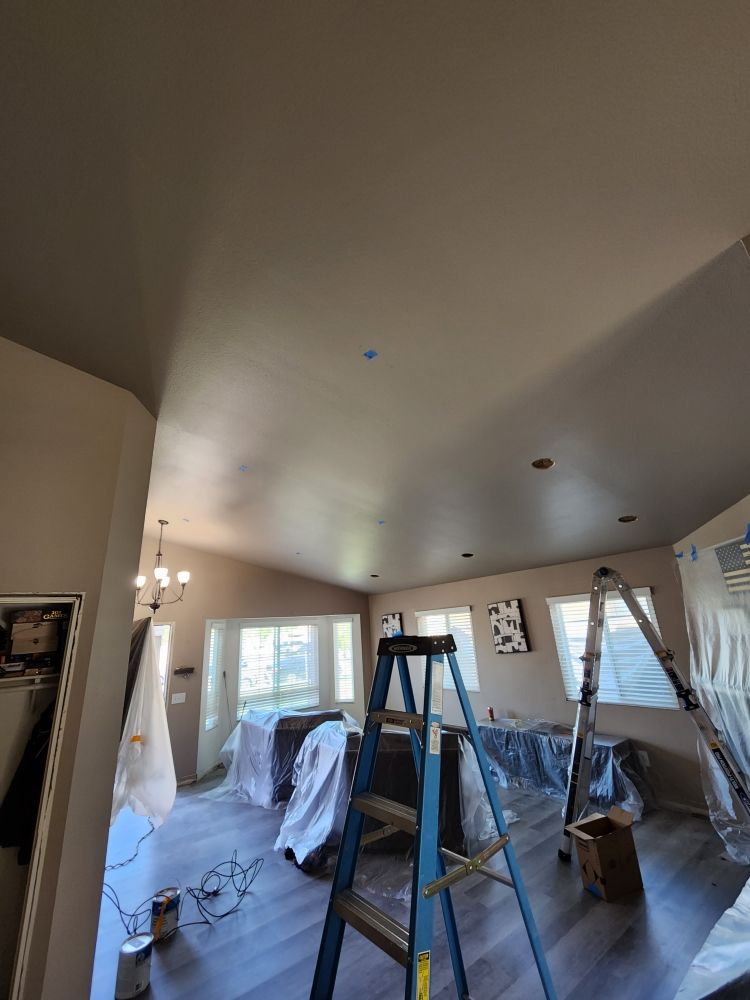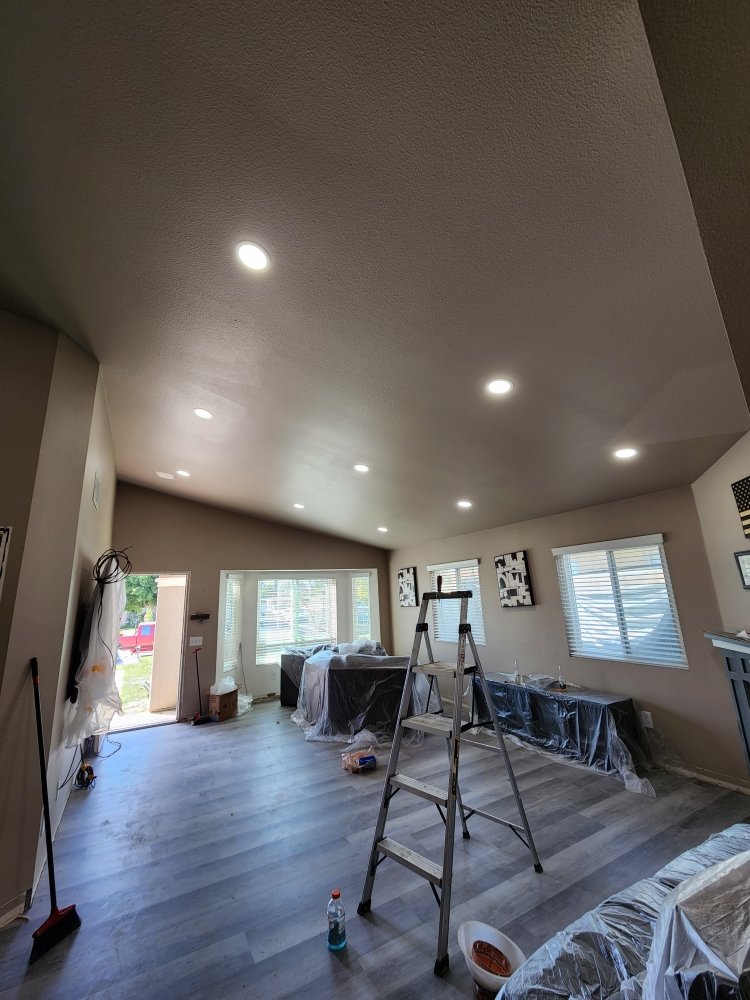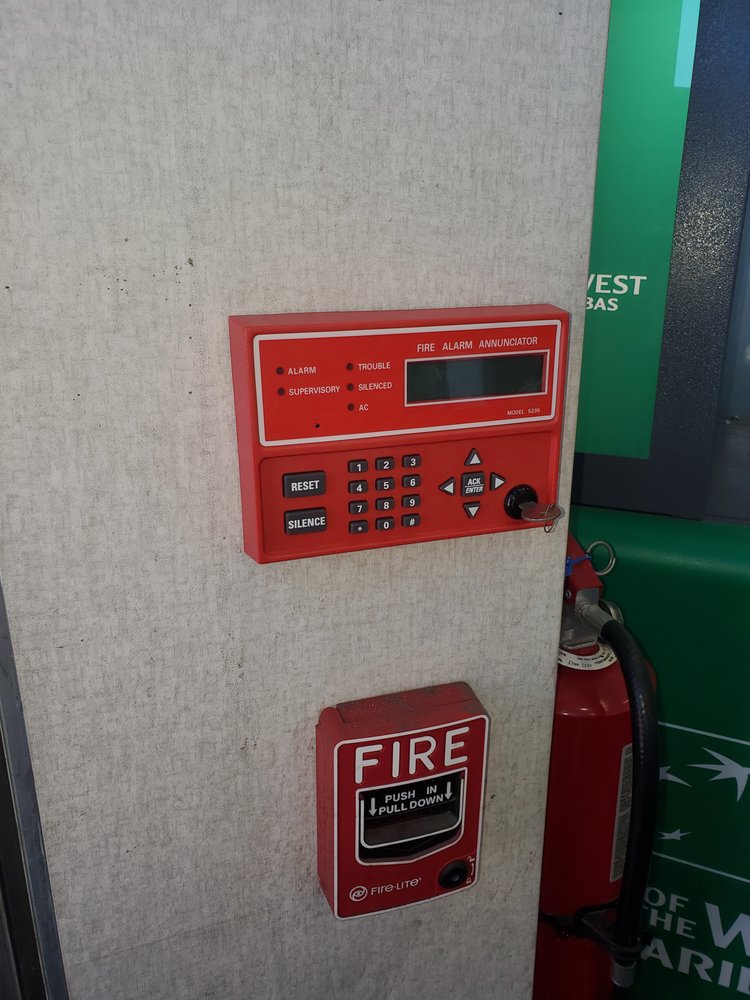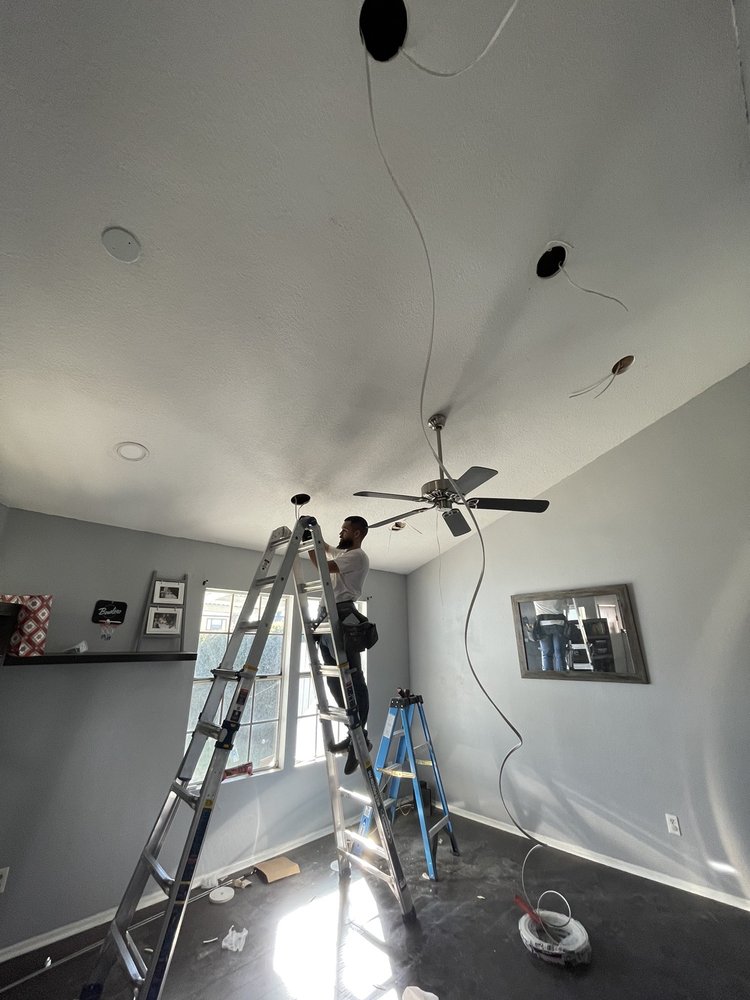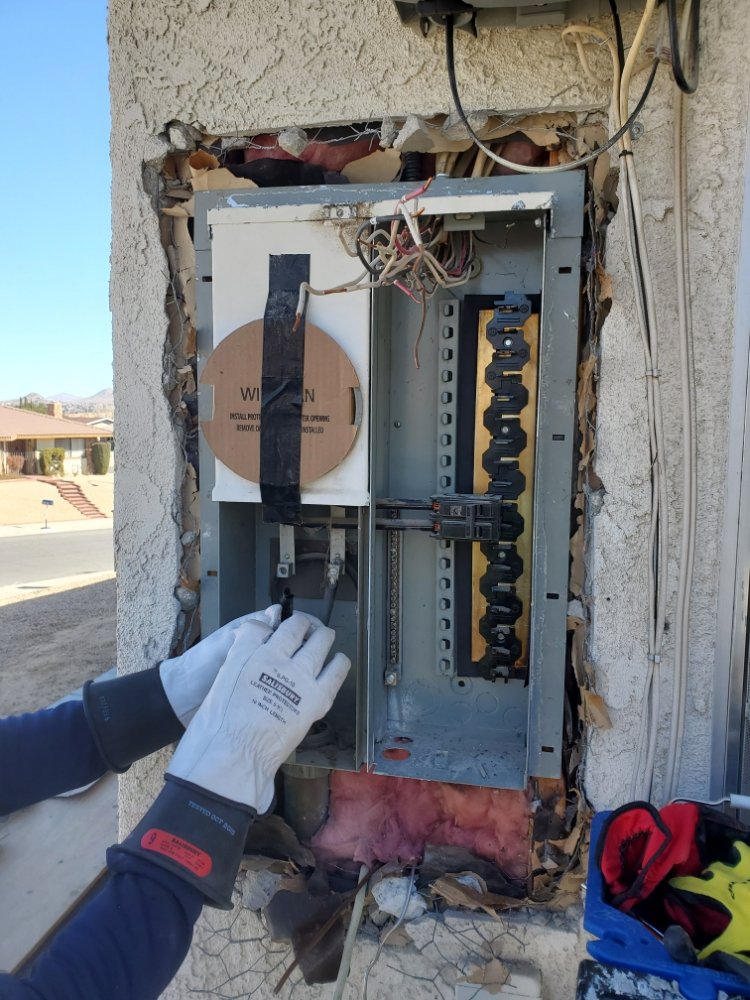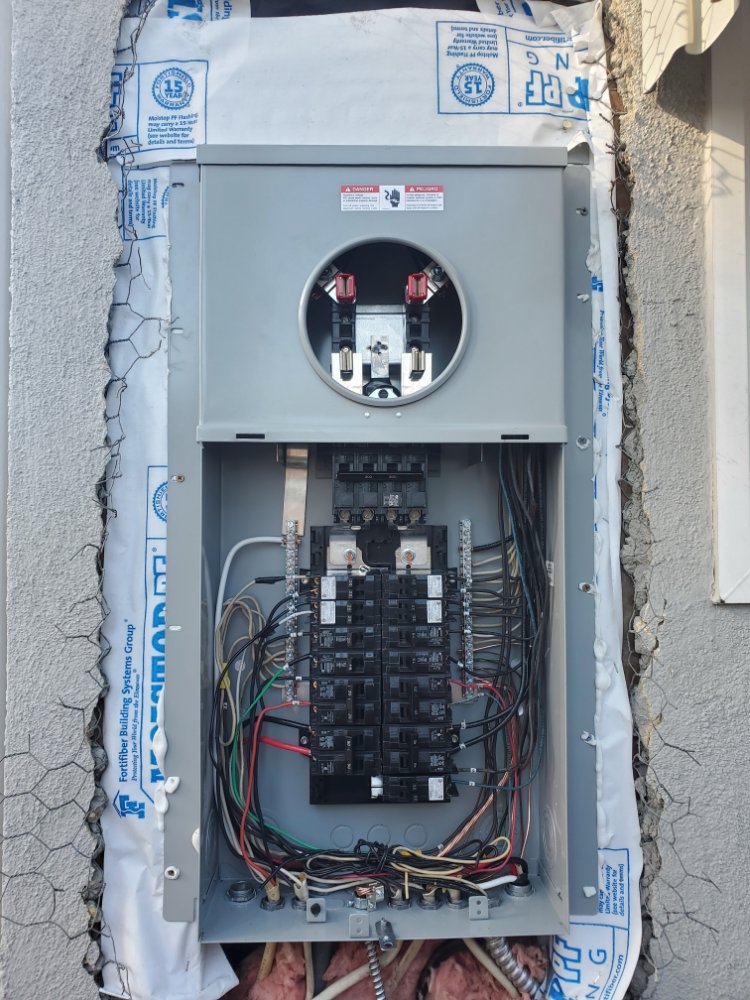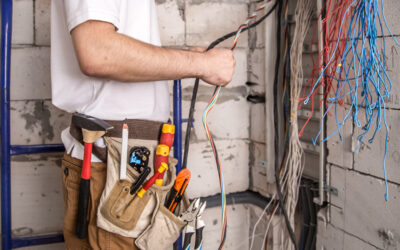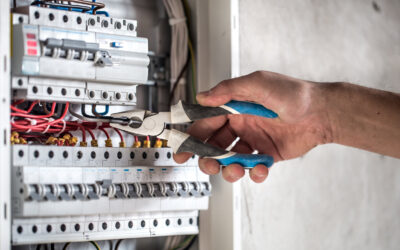Cost to Wire or Rewire New Construction
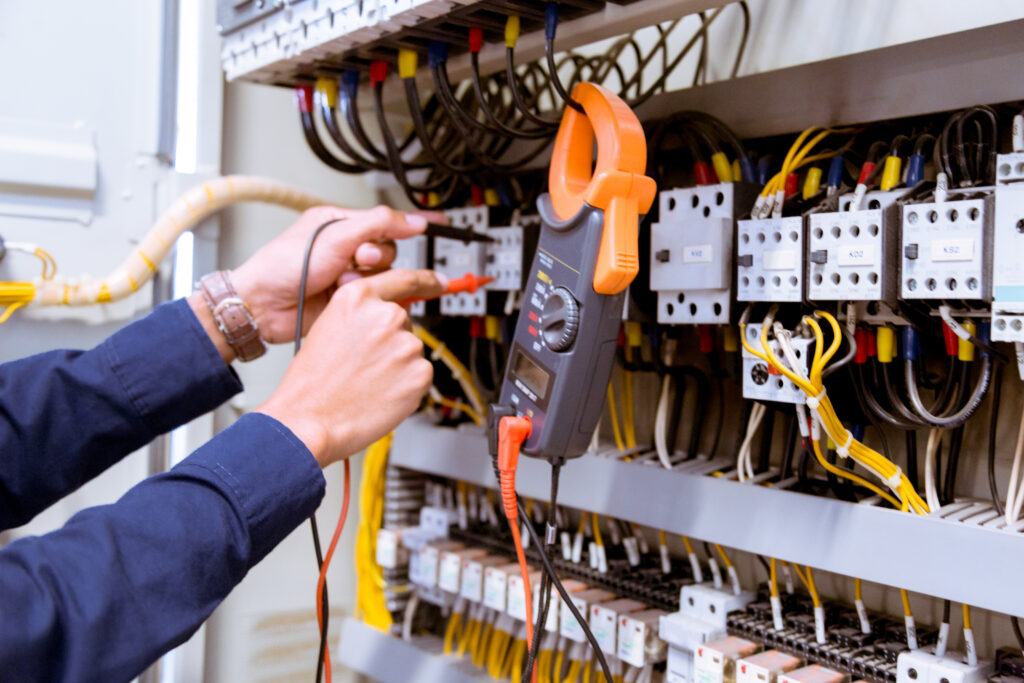
New construction is a more straightforward task because the electrical wires are installed before the walls are finished on the inside. Drywall is the next step then wall sockets and light switches are added. Thereafter, the walls are painted and electrical face plates are installed to finish the job.
Older homes and business structures often must be rewired to handle the demands of modern electrical infrastructure on the existing electric wiring. Unless a historic property has been rewired in the last 20 years, it has to be updated with new electrical wiring. Rewiring these structures is costly.
If the electrical panel breaker box is undersized, replacing it with a larger one will permit more appliances and electronics to be used in the structure at the same time. Electrical panel breaker boxes installed in homes older than 1965 are potential fire hazards because they were constructed using a 60 amp panel which is designed for smaller homes.
Modern homes are more commonly built with 100-amp and 220 amp electrical panel boxes. A 220 amp box is sufficient for a 3,000 sq. ft. home. Homes built after 1980 generally require fewer upgrades and often to replace worn or damaged wiring and fixtures.
Costs to wire or rewire a new or existing home or business structure vary. A licensed, bonded and insured electrician can provide a bid based on your specific project. The electrician should have experience in the same type of project and who will provide references from previous customers the electrician has completed projects for.
